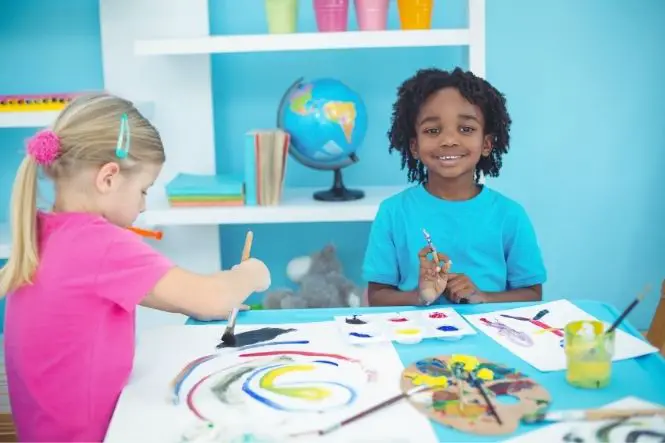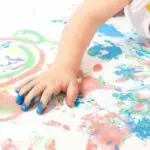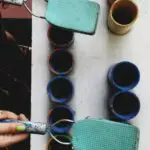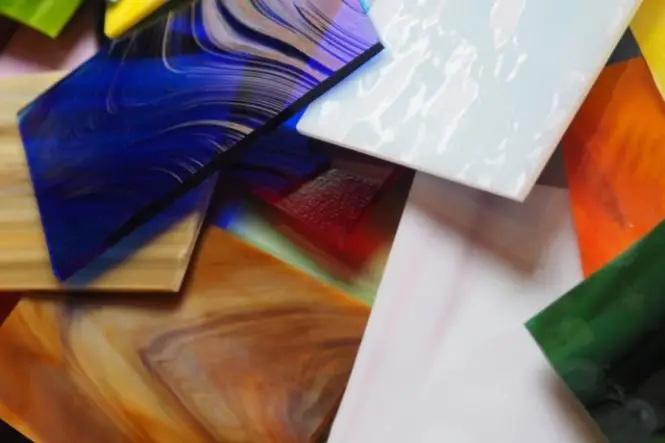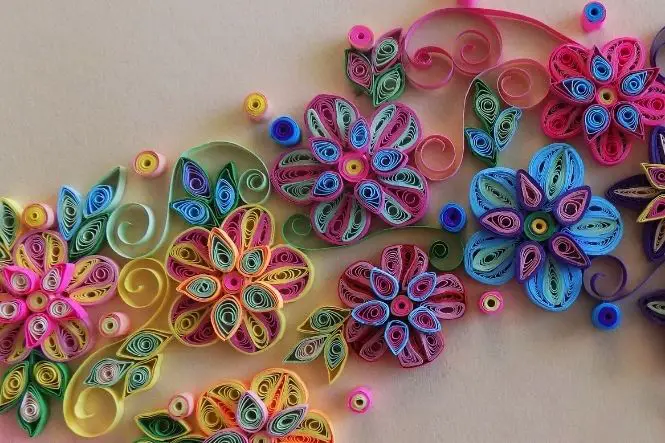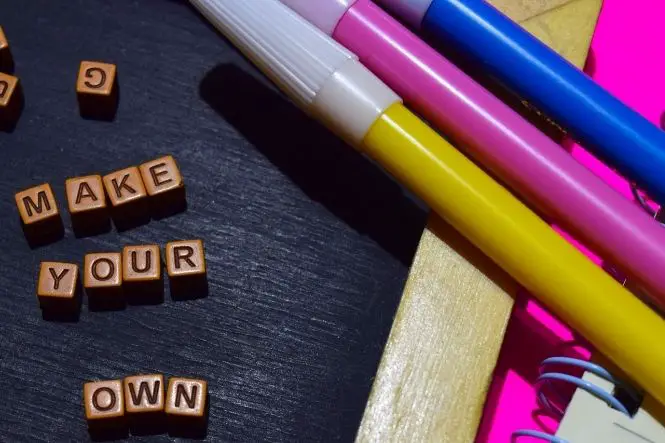Crafts for kids are invariably introduced in a child’s life by painting. It is a staple activity at pre-school and toddler groups. There are so many interesting and satisfying projects that use paint and children never tire of this simplest of crafts.
Table of Contents
Preparing To Paint
Start by making sure that you protect clothes, furniture and floors within splashing distance of the young artist. Use lots of newspaper, maybe an apron or old shirt and have lots of baby wipes to hand. Choose a time when you and the child are relaxed otherwise it could be fraught and a fun activity becomes a trial of nerves.
You may want to use an easel but a table or even a well-covered floor will do. Use nice chunky brushes for younger children and maybe a selection of different sized brushes for the older artist.
Don’t invest in proper sheets of white paper, try using the back of wallpaper or lining paper. The paint itself is available in so many forms. Look for non-toxic paints which are fully washable so any spillage can be easily dealt with.
Younger children don’t need lots of different colours, just two or three are plenty to offer the child a little choice but don’t worry too much as they tend to end up muddied and mixed anyway.
Free Painting
The youngest children will often start with ‘free painting’. This means they paint without any structure, theme or technique and expresses the purest form of art. It is an opportunity for the youngsters to play and experiment with colouring.
At this stage, a lot of children will put their brushes down and adopt a form of finger painting, enjoying the feel of the paint on their skin and the effects they create on their masterpiece.
Once children get a feel for the art, try introducing different painting implements like sponge or plastic forks to make unusual impressions in the paint.
Moving On
Older children will become more interested in different colouring techniques and projects. Try finger painting. Using simple finger or hand prints, ask your child whether they can make the print into an animal or a funny face.
So look at their work with creative eyes. Blow painting is always good fun. Make sure the paint is slightly runnier than usual and using a straw, there lots of fabulous patterns and effects to be created.
Encourage the child to experiment with all sorts of objects instead of brushes. Some ideas they could try are combs, lengths of string, and cotton wool.
Printing with Paints
Printing takes crafts for kids into the realms of design. Using a specific item, the child can create specific patterns or motifs. It will help them to think about the overall effect they are creating and the use of colour. For effective printing, make sure the paint is nice and think and the paper is matt so the best possible result can be achieved.
Some items that you could try to make prints with are:
- Cardboard rolls- for rolling and stamping
- Corrugated cardboard
- Sponges
- Feathers
- Large leaves
- Twigs
- Pine cones
- Cotton reels
- Vegetables- like cut potatoes, carrots and even onions.
Paint Ideas
Try adding things to the paint to create different textures. If you have a keen fairy enthusiast how about adding magic sparkle to the pictures with a sprinkle of glitter added to the paint. Paintings of summer holidays on the beach are more authentic if they add a little sand to the yellow paint for their beach scene.
Use a painting session to look at colours and what happens when you mix them. Use a white impermeable background spotted with blobs of primary colours.
Explore which colours are needed to make new colours or how to lighten and darken different shades.
Stencils are lovely ways to use paint. Use a sponge or small brush to sweep the paint of the edges of the stencil. Children are always so thrilled to see what’s happened when the stencil is peeled away. Good stencils are paper doilies, leaves or even a scrap of loose weave fabric or lace.
Painting forms part of so many different activities in craft but it is a winning craft in its own right- guaranteed to get little, creative brains buzzing.

